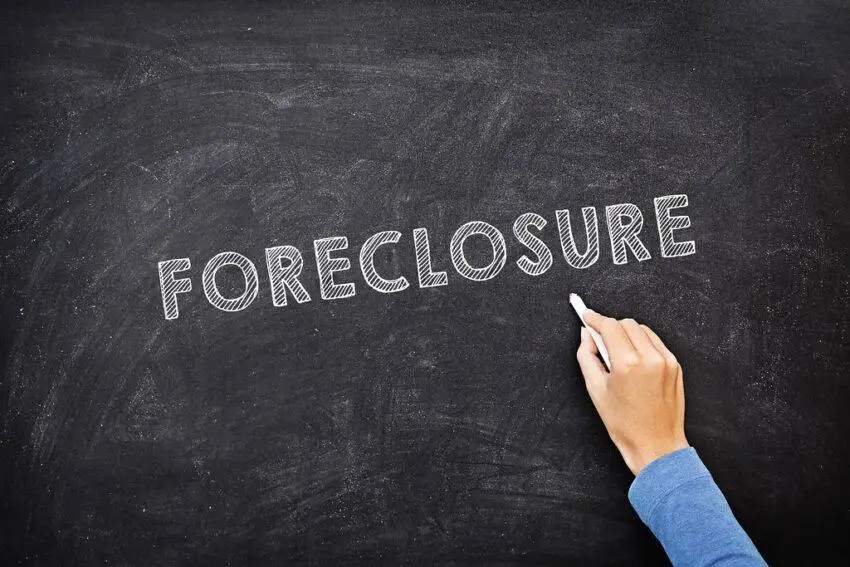Overview: an in-depth guide to Power of Sale and Foreclosures in Ontario, with information on the process, risks and benefits, plus advice for homeowners.

When that happens, they’re faced with two very difficult choices: Power of Sale or Foreclosure.
But what do these two terms mean?
And what exactly are the processes, risks and benefits involved with each decision?
This guide answers all those questions and more, plus offers advice on how homeowners can successfully navigate both Power of Sale and Foreclosures.
What Is Power of Sale?
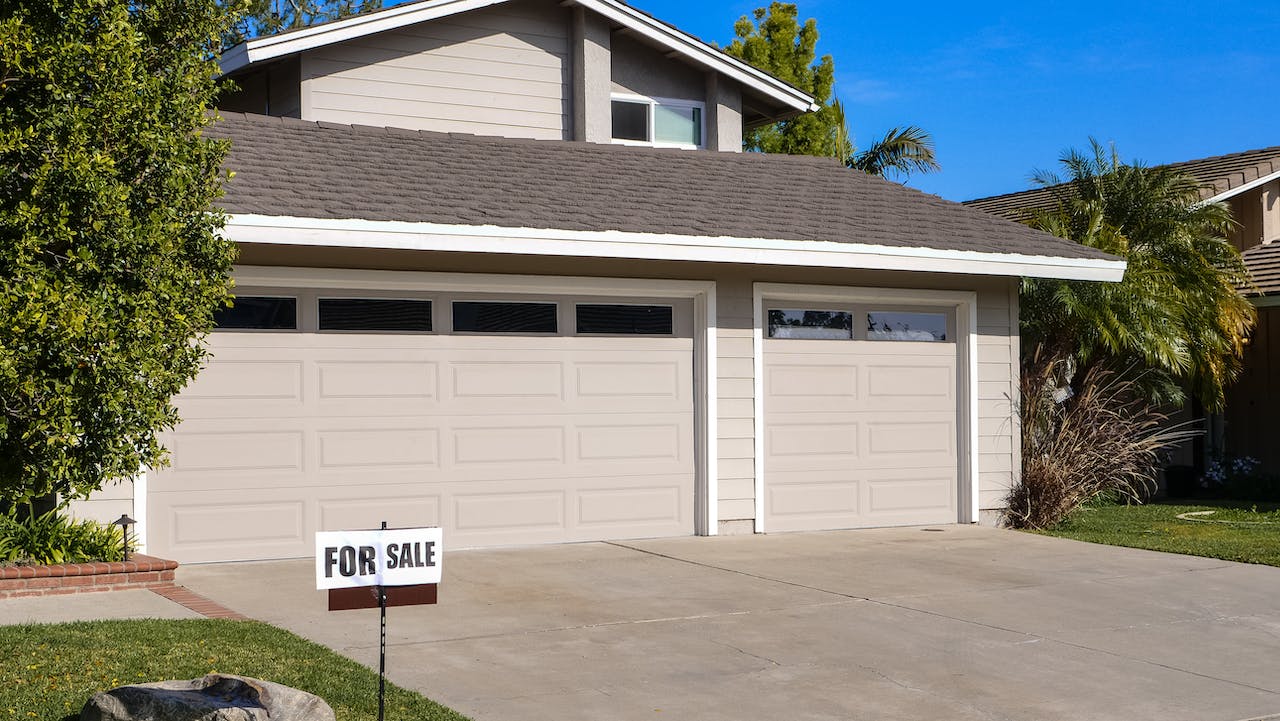
Power of Sale occurs when a homeowner fails to pay their mortgage, after which their lender takes legal possession of the property and sells it to make up for their loss.
Once uncommon, Power of Sales have recently been on the rise.
The Star reports:
There was ‘huge growth’ in GTA power of sales listings in February, pointing to rising stress in the housing market and disaster for some borrowers.
The reason behind this “huge growth” is high interest rates, which have caused mortgage payments to skyrocket.
For instance, homeowners with variable-rate mortgages have seen their monthly payments double and even triple since the Bank of Canada started hiking rates last March.
Given this increased financial burden, it’s no surprise that Power of Sales events are becoming more common.
Key Facts About Power Of Sale
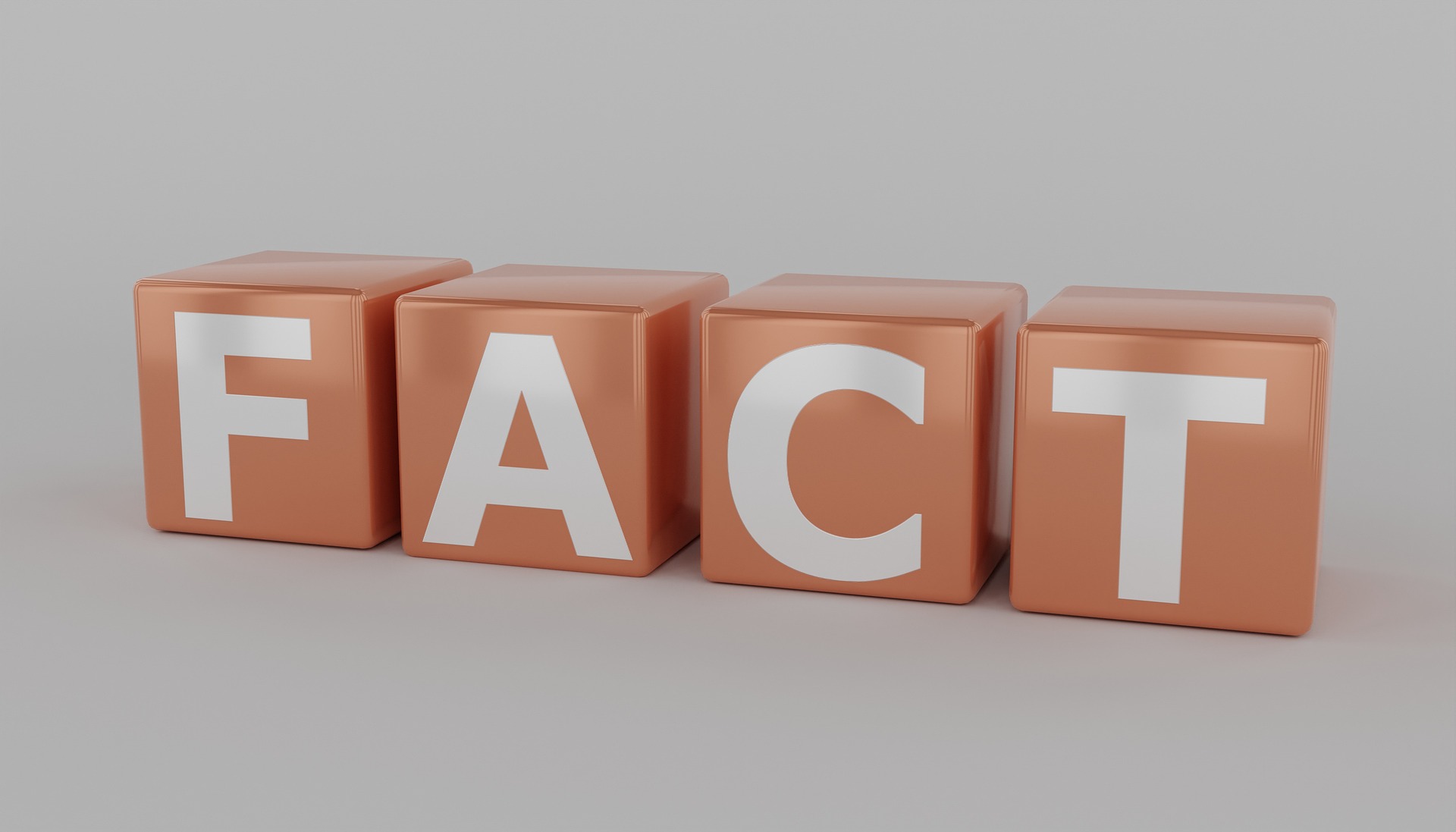
In the event of a Power of Sale, the home loan borrower still owns the property but the lender has the legal right to sell it.
The lender must also sell the property at its fair market value.
Any profit after the mortgage has been paid off goes to the homeowner and not the lender.
For example, you have a mortgage of $500,000 and the lender sells your home for $750,000 and pays $50,000 in fees (e.g. closing costs).
That means you get $200,000 after the sale ($750,000 property – $500,000 mortgage – $50,000 closing costs = $200,000).
If the lender sells the property at a discount, the homeowner can sue the lender for loss of equity.
Power of Sale Process In Ontario

First, a lender usually reaches out and informs the homeowner of missed mortgage payments.
If the homeowner still fails to make the necessary payments, then the lender initiates a Power of Sale process.
They do this by sending a Notice of Sale.
The homeowner then has a redemption period of 30-45 days to pay the original amount plus any interest owed.
The lender may also issue a Statement of Claim with the Notice of Sale to take legal possession of the property.
After receiving the Statement of Claim, the homeowner has 20 days to file a Statement of Defence with the Ontario Superior Court of Justice.
If the homeowner does not file a Statement of Defence, the lender can ask the court for a Writ Of Possession, which allows them to evict the homeowner.
Finally, the lender sells the property.
But first they must conduct an appraisal and list the property at its true market value with a brokerage.
The entire process typically lasts 45 days or less after a Notice of Sale is issued.
Advantages of Power of Sale
- Quick process (14 to 45 days)
- Homeowner can stop process by paying required amount
- Homeowner has redemption period of 30-45 days to pay lender
- Profit from sale of property goes to homeowner (after loan is paid off)
Risks of Power of Sale
- Homeowner can be sued for any remaining debt after sale of property
- Lender can start process in as little as 15 days after missed payment
- Process can cost homeowner up to $30,000
What Is Foreclosure?
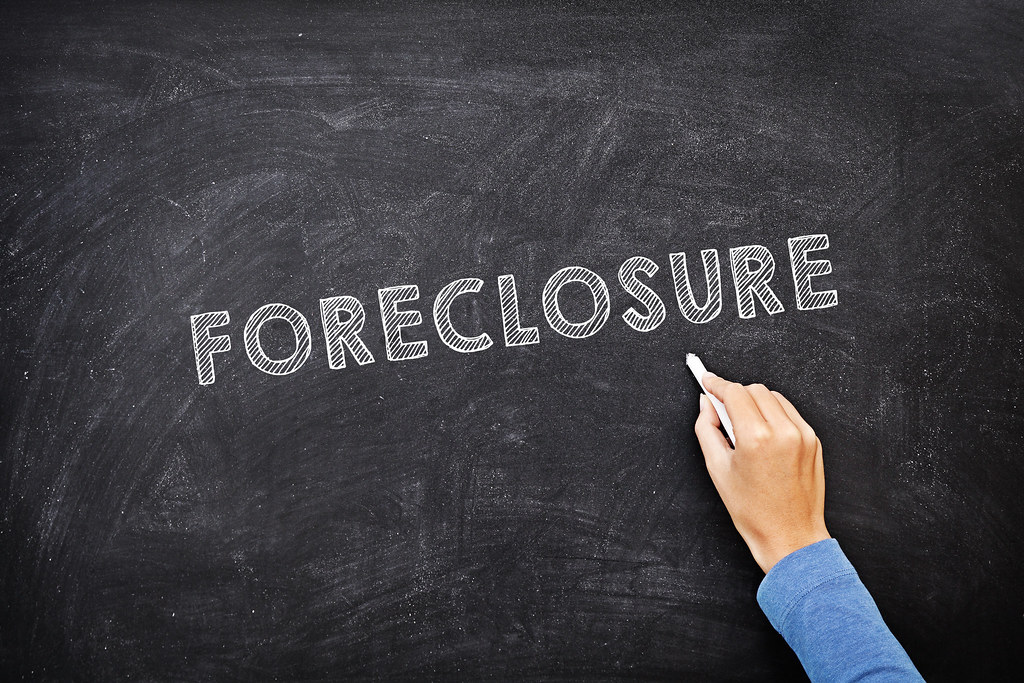
Like Power of Sale, a Foreclosure occurs when a homeowner in unable to pay their mortgage and the lender takes possession of the property and sells it to pay off the loan.
According to Nesto.ca:
As interest rates in Canada increase, mortgage defaults and foreclosures continue to see a big spike.
Just as high interest rates are causing Power of Sales to become more common, the number of Foreclosures is also increasing.
Key Facts About Foreclosure
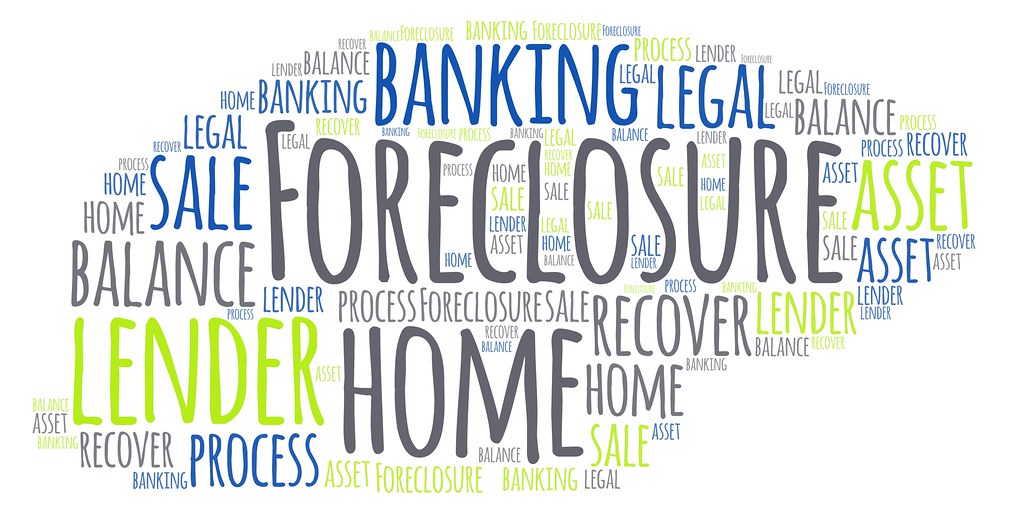
Although the terms Foreclosure and Power of Sale are often used interchangeably, there are significant differences between them.
First and foremost, Foreclosure is a court-supervised process, while Power of Sale is not.
In Power of Sale, the homeowner keeps the property title while the lender gains possession of the property and the right to sell it.
But in a Foreclosure, the lender is given both the title and possession of the property, giving them total ownership.
That means the lender keeps all profits from the sale of a foreclosed property, and assumes all liabilities.
Because Foreclosures take a lot longer and are more legally complex than Power of Sale, they’re far less common.
Foreclosure Process In Ontario

The lender starts by filing a Statement of Claim with the Ontario Superior Court of Justice.
If approved, the homeowner is served with the Statement of Claim informing them of the Foreclosure.
The homeowner has a redemption period of up to 6 months in which to pay their debts (compared to 30-45 days for Power of Sale).
If they fail to repay their debts, the court grants a Writ of Possession, giving the lender both title and possession of the property.
The lender can then evict the homeowner and sell the property to recover their money.
Whereas a Power of Sale takes a few months, the Foreclosure process can last over a year.
Advantages of Foreclosure
- Lender usually waits 3-6 months before starting Foreclosure process
- Homeowner can stop Foreclosure by paying debts
- Longer redemption period than Power of Sale (6 months vs 30-45 days)
- Homeowner can’t be sued for any remaining debt after sale of property
Risks of Foreclosure
- Legally complex and expensive
- Longer process than Power of Sale (over 1 year vs 14-45 days)
- Homeowner won’t receive any profit from sale of property
Advice For Homeowners

If you’re facing a Foreclosure or Power of Sale, the first thing you should do is contact your mortgage lender and discuss alternate payment solutions.
The Financial Post informs:
Canadian banks have allowed customers to stretch payments for longer periods to help them bring down their monthly payments after a rapid rise in rates.
Extending your mortgage several more years may not sound appealing, but it’s much better than a Foreclosure or Power of Sale.
Another option is to refinance your home loan for better terms.
If your lender refuses to refinance your mortgage, consider switching lenders.
If you’re facing Foreclosure, hire a lawyer who specializes in the process.
They can provide you with expert advice and help you navigate complex legal proceedings.
You can also rent out your property and use the extra income towards your home loan.
This is a win-win, since it helps homeowners meet their monthly payments, and provides renters a place to stay in a very competitive rental market.
Finally, consider selling your home and using the money to pay off your debts.
Although a last resort, it can help you avoid the stress and expense of the Foreclosure or Power of Sale process.
A more preferable option may be to sell your home and downsize to a less expensive property.
For example, from a detached house to a townhouse or condo.
Advice For Home Buyers

Savvy New Canadians warns:
You might be tempted to buy power-of-sale properties because you think you’re getting a good deal. However, this isn’t always the case.
For instance, lenders are required to sell the property at its true market value after having it appraised.
That means buyers shouldn’t expect any big discounts.
Furthermore, Power of Sale properties are sold “as is.”
In other words, the buyer has to cover the cost of repairs and upgrades.
This can range from something relatively minor, such as a leaky faucet, to something costly and extravagant, such as a broken roof.
That’s why hiring a home inspector is highly recommended.
After they perform a thorough review, you can decide whether the property is worth the cost of repairs.
Because Power of Sale is far more complicated than buying a regular home, hiring a Realtor and lawyer is essential.
For instance, lenders will often set their own terms and conditions, which may require their expertise.
A Realtor can also help you with research, including the property’s history and condition, and help you determine its true value.
Power of Sale Vs Foreclosure Conclusion
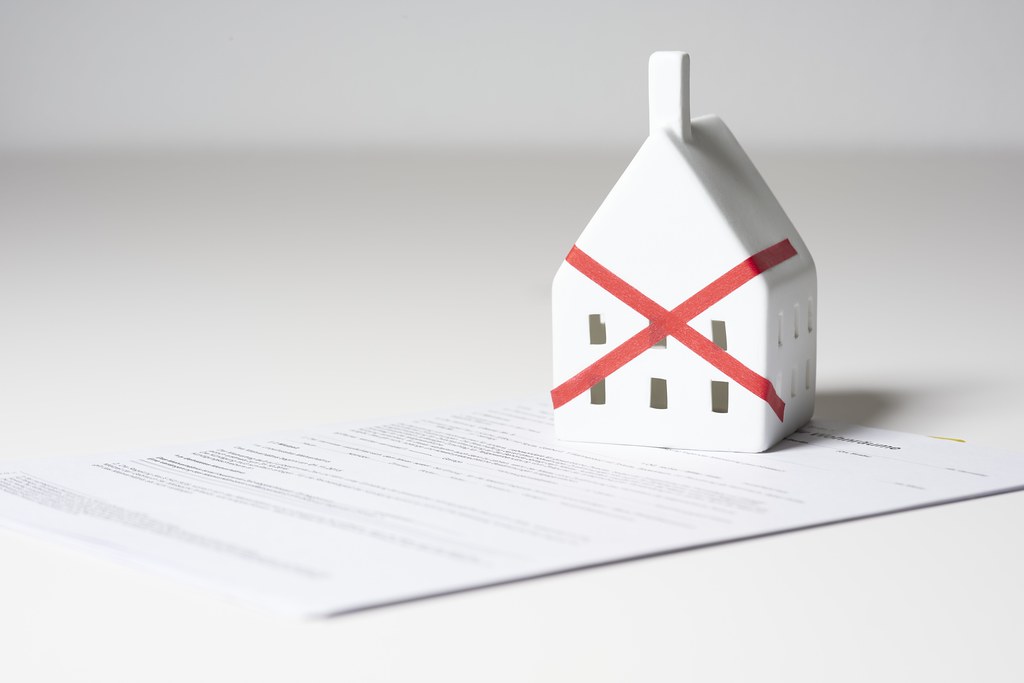
The answer depends on two things: 1) the current market value of your home and 2) the amount remaining on your mortgage.
If you still owe a lot on your mortgage, then a Foreclosure may be the better option.
Why? Because it frees you from all debt once the lender takes over the property title.
But if you’ve paid off most of your mortgage, then a Power of Sale might be the smarter choice.
This way, you keep any extra profit after the lender sells the property and pays off your debts.
Have more questions about Power of Sale or Foreclosure? Contact me below for answers.
Wins Lai
Real Estate Broker
Living Realty Inc., Brokerage
m: 416.903.7032 p: 416.975.9889
f: 416.975.0220
a: 7 Hayden Street Toronto, M4Y 2P2
w: www.winslai.com e: wins@winslai.com
*Top Producer (Yonge and Bloor Branch) — 2017-2022

